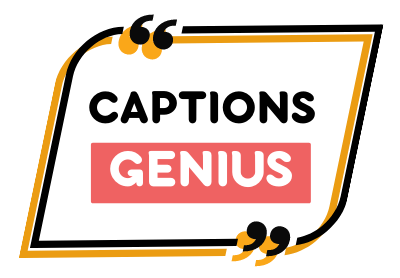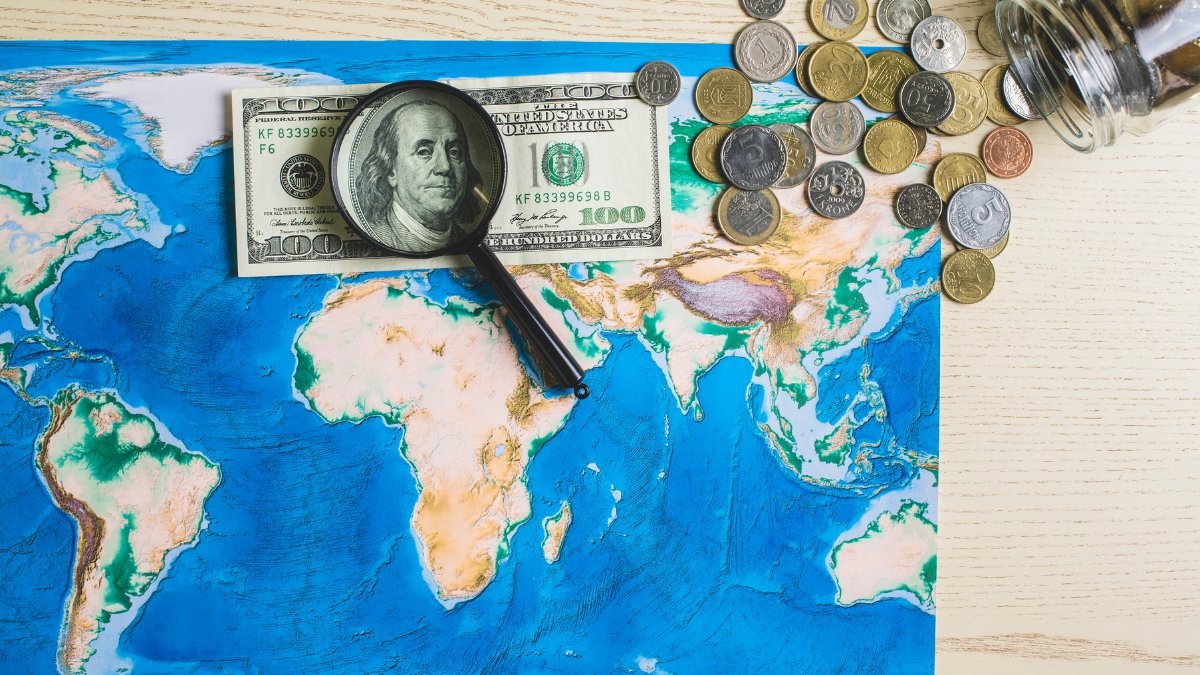Greg Grobmyer thought he was making a simple ATM withdrawal in Krakow, Poland. When he returned home to Tennessee, he discovered $100 in hidden fees and commissions on his credit card bill. He had no idea what hit him.
Greg isn’t alone. American tourists are losing hundreds to thousands of dollars to sophisticated currency exchange scams across Europe. Fraud losses reached €1.578 billion in 2024 alone. That number keeps climbing every year as scammers get smarter and bolder.
Your vacation budget has a target on it. The moment you step off the plane, currency scammers start hunting. They know you don’t understand the local money. They count on you being tired, confused, and trusting. They’ve turned ATM fraud and fake exchange offices into a billion-dollar industry.
But you can fight back. This guide shows you exactly how currency exchange scams work and how to avoid them completely.
The Currency Exchange Scam Bankrupting American Tourists in Europe
The Staggering Cost of Currency Scams in Europe

Your vacation budget just became a target. Every day, American tourists lose thousands of dollars to currency scams across Europe. And the problem is getting worse fast.
The numbers will shock you. Card fraud losses rose to EUR €1,578 million across Europe in 2024 up from €1,493 million in 2021. That’s a jump of €85 million in just three years.
Europe’s cross-border illicit flows are estimated to be $194.9 billion in 2024. Think about that. Nearly $200 billion in dirty money flowing through the same financial system you’ll use on vacation.
The average American tourist loses between $200 and $1,000 per scam incident. Some lose much more. A dentist from Tennessee found $100 in hidden fees on his credit card after one ATM withdrawal in Poland. A couple in Florence got charged 20% to exchange their dollars. These aren’t rare cases. They happen every single day.
Some cities are worse than others. Prague leads the pack for street currency scams. Rome specializes in short-changing tourists at metro stations. Barcelona’s tourist zones are packed with rigged ATMs. These three cities see the highest number of American victims every year.
The 4 Most Dangerous Currency Exchange Scams Targeting Americans
These scams steal millions from American tourists every year. Here’s how they work and how to spot them before you lose your money.
i. The Street Currency Exchange Scam
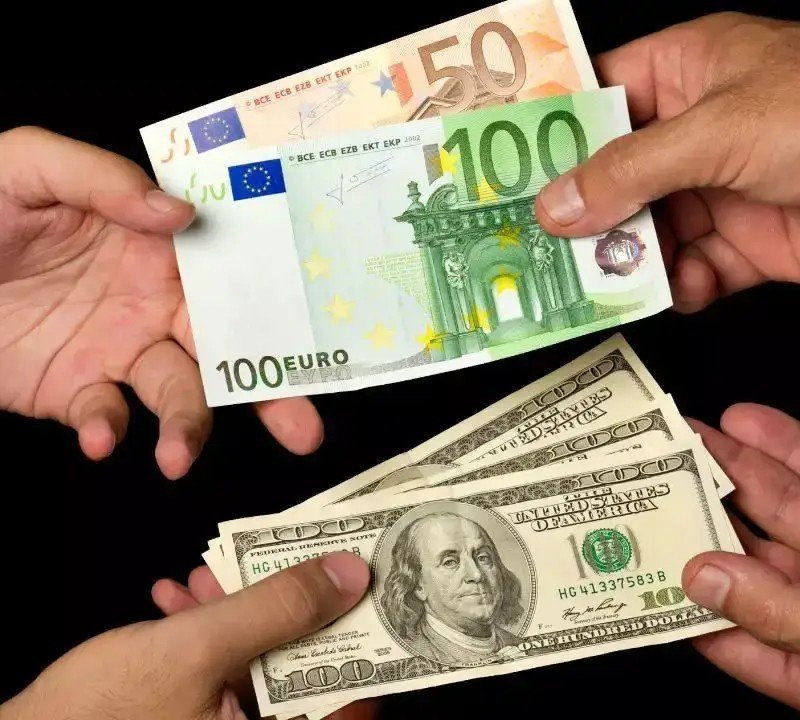
Prague is ground zero for this scam, but it’s spreading to other European cities. How they hook you. You’re standing outside a currency exchange, checking rates on your phone. A friendly person walks up.
They say they work for the exchange office. They offer you a better rate with no commission. In Prague, bogus money traders prey on tourists near legitimate currency exchanges and approach people claiming to be from an exchange with preferable rates But here’s the nasty surprise.
They don’t give you Czech crowns. They hand you expired Belarusian rubles that look similar to foreign eyes. These bills are completely worthless.
ii. The ATM Dynamic Currency Conversion (DCC) Scam

DCC means you effectively ask a foreign ATM provider or bank to gleefully make up an exchange rate for you. The ATM operator sets their own exchange rate. It’s always worse than the real rate. Much worse.
One tourist withdrew €20 from a Spanish ATM. The DCC option would have cost him 16.75 British pounds. The real rate should have been 15.79 pounds. That’s an extra 0.96 pounds ($1.20) on a small withdrawal. Real-world case showed 6.1% hidden fee just for picking the wrong button.
Euronet ATMs are the worst offenders. These yellow and blue machines pop up near tourist attractions. They detect your American card and switch to scam mode. Suddenly, the minimum withdrawal jumps from $8 to $400. The fees pile up fast.
iii. The Fake Exchange Office Scam

They look completely legitimate. Clean storefront. Official-looking signs. Currency rates posted on the wall. But these offices exist to rob tourists.
Fake exchange offices attract transient victims to lose money either through bad arithmetic, counterfeit cash, or outright theft . They use rigged calculators that skim 5% off your exchange. They mix counterfeit bills with real ones. Some offices simply steal your money during fake “document checks.”
Where they set up shop:
i. Right next to major tourist attractions
ii. Airport arrival halls
iii. Train stations
iv. Hotel districts
The “No Commission” trick: These offices advertise “0% Commission” in huge letters. Then they use exchange rates that are 10-15% worse than the real rate. You pay the commission anyway. It’s just hidden.
iv. The Sleight of Hand Scam

This happens at legitimate exchange offices too. The clerk counts your money clearly in front of you. Everything looks correct. Then they create a distraction.
Popular in tourist locations like Bali, Indonesia, the sleight of hand trick has become one of the most notorious money exchange scams. But it works everywhere tourists exchange money.
The clerk drops some bills. Or answers a phone call. Or asks a colleague a question. During that moment of confusion, they palm some of your money. By the time you count your money later, they’re gone.
Common distraction methods:
i. “Accidentally” dropping money and picking it up
ii. Sudden phone calls during counting
iii. Asking you questions about your travel plans
iv. Having a colleague interrupt the transaction
Euronet ATMs: The $100 Million Tourist Trap
Meet the most expensive ATM in Europe. Euronet ATMs are basically a scam, charging outrageous fees and offering terrible conversion rates. This company from Kansas has spread across Europe like a virus. They set up shop near tourist attractions, train stations, and airports. Anywhere desperate Americans need cash fast.
i. The Withdrawal Trap Is Brilliant And Evil
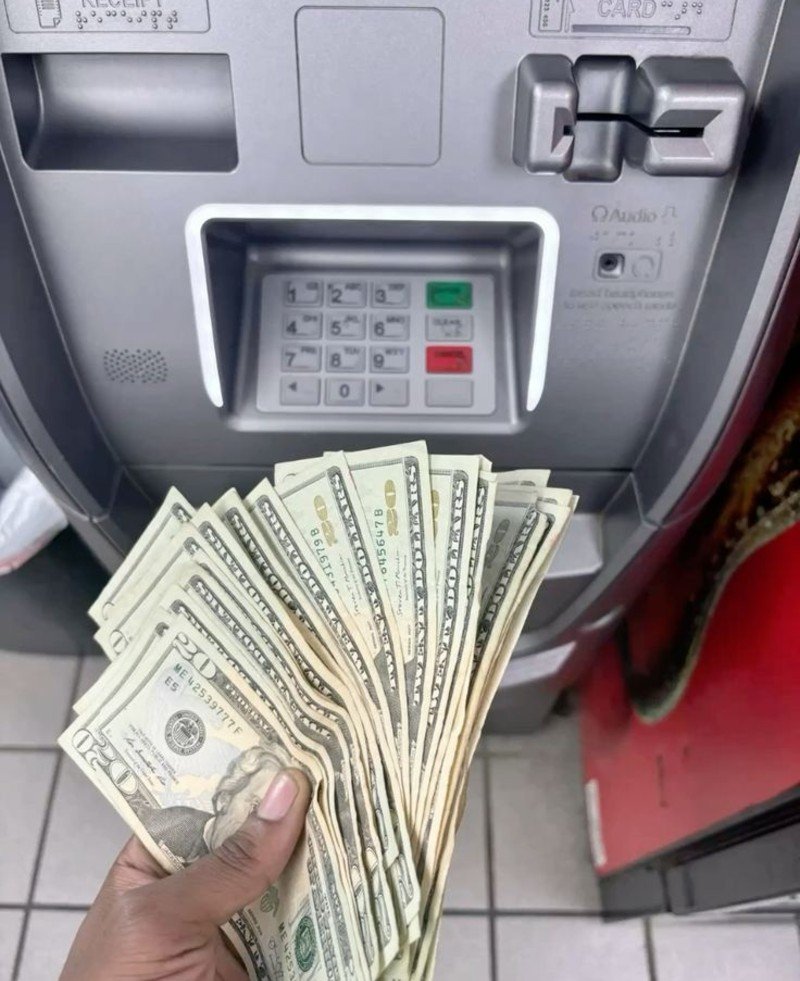
In the Czech Republic, the ATM amounts start at 10,000 CZK (400 EUR or 450 USD) and go up to 20,000 CZK (800 EUR or 900 USD). Guess what, if you insert the local credit card, the amount will start at 200 CZK (8 EUR or 9 USD).
Think about that. Locals can withdraw $8. You have to withdraw $400 minimum. That’s 50 times more than what locals pay. Two reasons. First, they charge massive transaction fees on every withdrawal. Second, they use terrible exchange rates that steal more of your money. The bigger the withdrawal, the more they steal.
ii. This Dentist Learned The Hard Way

Greg Grobmyer, a dentist from Tennessee, says he was stunned when he returned from a trip to Poland and found $100 in commissions and fees on his credit card bill. One ATM withdrawal cost him $100 in hidden fees. He didn’t even realize it happened until he got home.
Greg’s receipt showed a transaction fee of 3.95 euros, an exchange rate of 0.82 euros to the dollar and a 13 percent markup from the going exchange rate. That 13% markup alone should be illegal. But it’s not. How to spot these ATM traps:
i. Yellow and blue Euronet branding
ii. Big “ATM” signs (real bank ATMs usually say “Bancomat”)
iii. Located near tourist attractions, not bank branches
iv. Withdrawal minimums that seem way too high
iii. The Dynamic Currency Conversion Trap
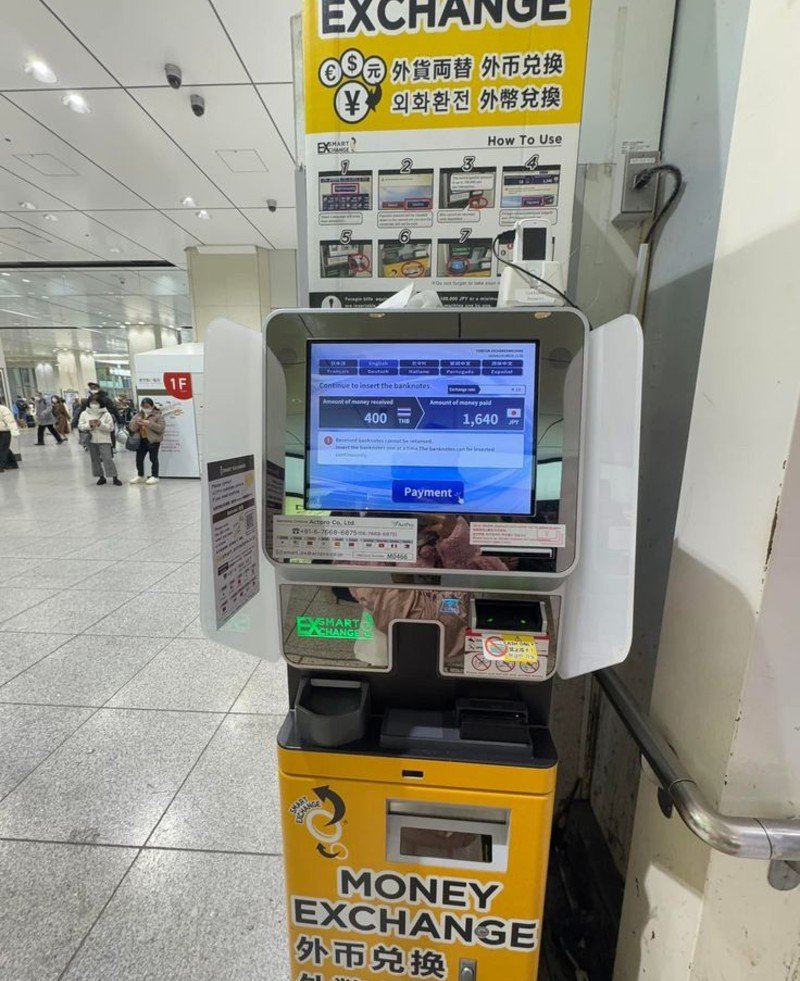
Even if you accept the huge withdrawal amount, the machine has one more trick. It offers to charge you in dollars instead of local currency. This sounds helpful. It’s not. You just agreed to pay an extra 6% fee for the “service.”
Look for the word “bancomat” instead of “ATM.” These are usually run by real banks. They offer normal withdrawal amounts and honest exchange rates. Walk past three Euronet machines if you have to. Find a real bank ATM.
If you’re stuck with a Euronet ATM: Make sure you select ‘decline conversion’ when prompted. This will ensure that your own bank handles the currency conversion, saving you from their sneaky tactics.You’ll still pay too much for the withdrawal, but you’ll avoid the worst fees.
Red Flags: How to Spot Currency Exchange Scams Instantly
Your gut knows something’s wrong before your brain does. Trust that feeling. These warning signs will save your vacation budget.
i. Visual Red Flags That Scream “Scam”
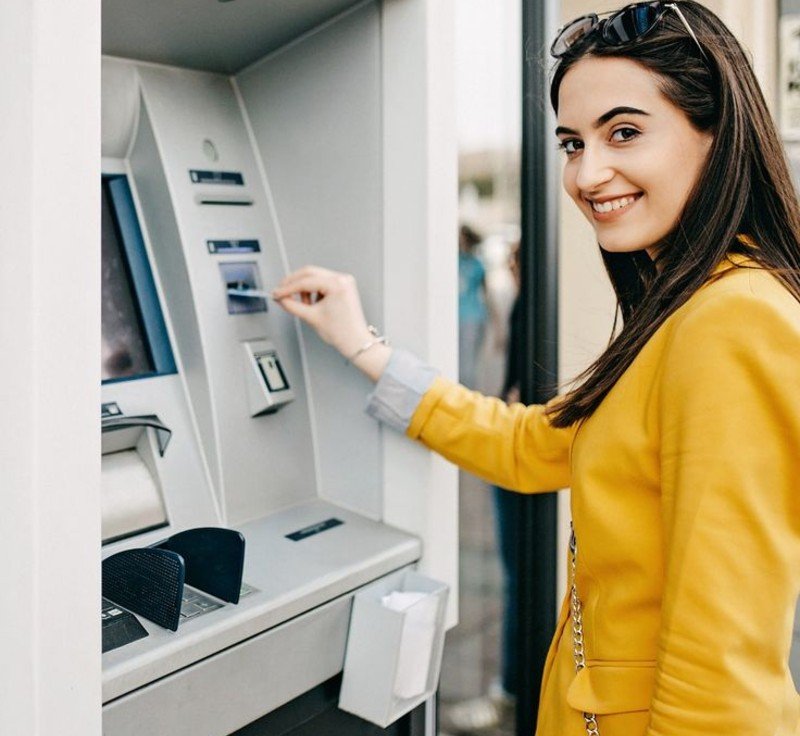
ATM withdrawal amounts that make no sense. A local can withdraw $8. But the minimum for your card is $400? That’s a scam machine. Real bank ATMs offer reasonable withdrawal amounts for everyone.
Street vendors who “help” near exchange offices. They hang around legitimate currency exchanges. They watch you check rates on your phone. Then they approach with a “better deal.” Walk away fast.
Staff who create chaos during counting. Watch for clerks who drop money during the count. Or answer phone calls while handling your cash. Or ask colleagues questions mid-transaction. These distractions let them palm your bills.
ii. Behavioral Warning Signs

Pressure tactics that rush your decision. “This rate is only good for one hour.” “You have to decide now.” “Other customers are waiting.” Real businesses don’t rush you. Scammers do.
Refusal to show you the math. Ask any exchange office to show you exactly how they calculated your amount. Honest places will show you every step. Scammers will make excuses or get defensive.
Paperwork for simple exchanges. You may be very surprised after you sign the bill and get half of what you thought, you’d get. Currency exchange should be simple. If they want you to sign documents, find another place.
iii. Technology Traps That Cost You Money
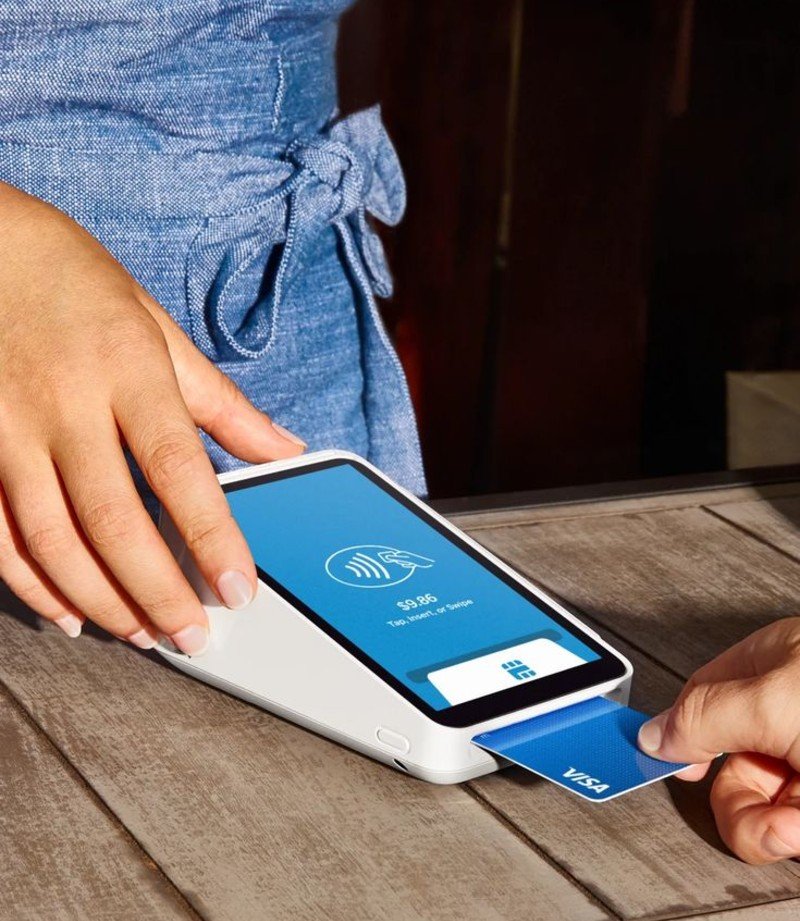
ATM screens offering to charge you in dollars. The machine says “Charge your account in USD or local currency?” Pick local currency every time. The USD option triggers a 6% fee that most people never notice.
Credit card terminals that default to dollar conversion. You’re paying for dinner in Rome. The card reader automatically shows the charge in dollars. Change it to euros. Let your bank handle the conversion at a better rate.
Apps and websites with no regulation info. Legitimate currency services show their licenses and regulatory information. Scam sites hide this info or make up fake credentials.
iv. Quick Spot-Check Questions

Before you exchange any money, ask yourself:
i. Does this feel rushed or pushy?
ii. Are they showing me all the fees upfront?
iii. Why is their rate so much better than everyone else’s?
iv. Am I being asked to sign anything?
v. Is this in a touristy area where scams are common?
The Safe Way to Exchange Money in Europe
Stop gambling with your vacation money. Here are the safest ways to get local currency, ranked from best to worst.
i. Your US Bank Before Travel (Safest Option)

Call your bank two weeks before you leave. Ask about foreign transaction fees. Many banks waive these fees if you ask nicely. Some will even reimburse ATM fees when you return.
Don’t buy euros in the US. Wait until you arrive to withdraw money. I’ve yet to see a European airport that didn’t have plenty of ATMs. US banks charge terrible exchange rates for cash euros. You’ll lose 5-10% right away.
ii. Local Bank ATMs in Europe (Best Option Once There)
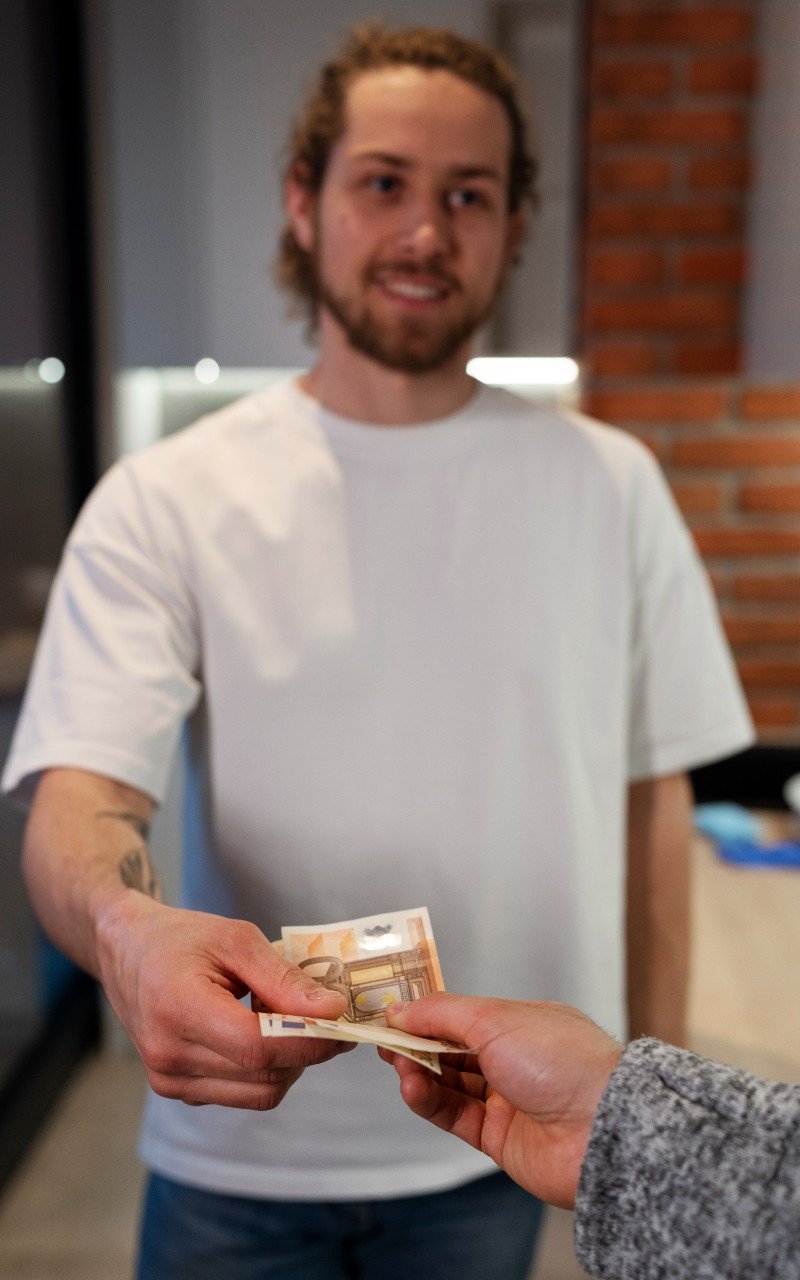
Look for “Bancomat” signs. These ATMs belong to real banks. They give honest exchange rates and reasonable withdrawal amounts. Skip anything that just says “ATM” in big letters.
Always pick local currency. The ATM will ask: charge in dollars or local currency? Pick local currency every single time. Always decline and proceed and you will get Euros at the international rate plus the built in small conversation rate.
Avoid tourist area ATMs. Walk two blocks away from major attractions. Find ATMs attached to bank branches, not standalone machines in tourist zones.
iii. Credit Cards with No Foreign Transaction Fees (For Most Purchases)
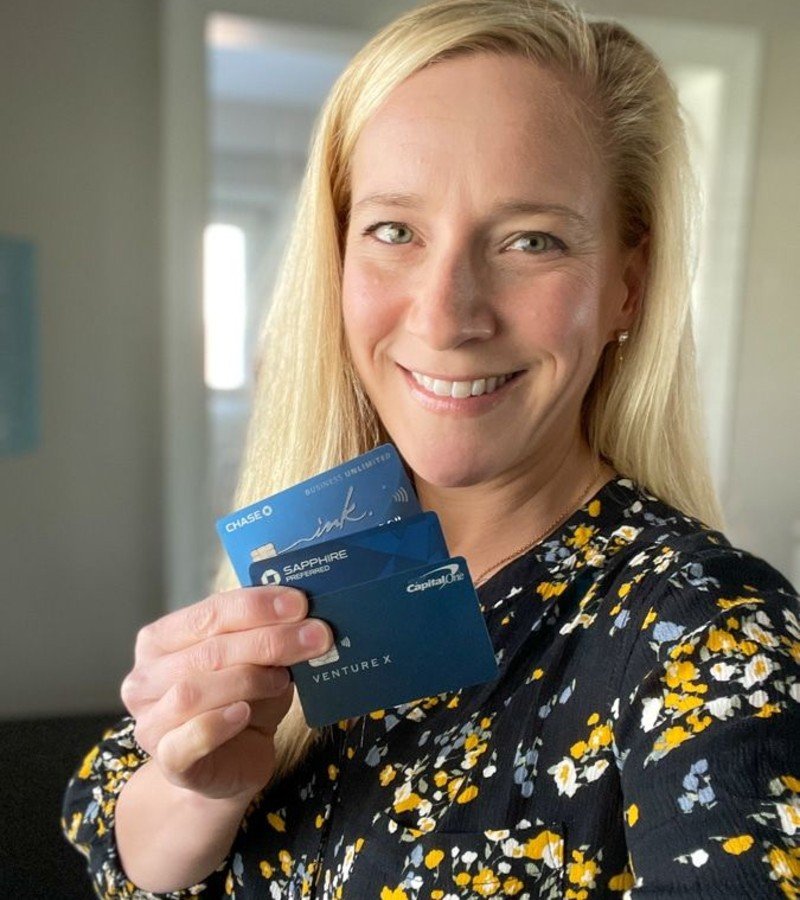
This saves the most money overall. Many Americans are thrilled to find a store advertising “We accept dollars.” But the happy sales clerk doesn’t tell you that your purchase is costing about 20 percent more because of the store’s terrible exchange rate.
Best cards for Europe travel:
i. Chase Sapphire Preferred (no foreign fees)
ii. Capital One Venture (no foreign fees)
iii. Bank of America Travel Rewards (no foreign fees)
iv. Reputable Exchange Services (Emergency Only)
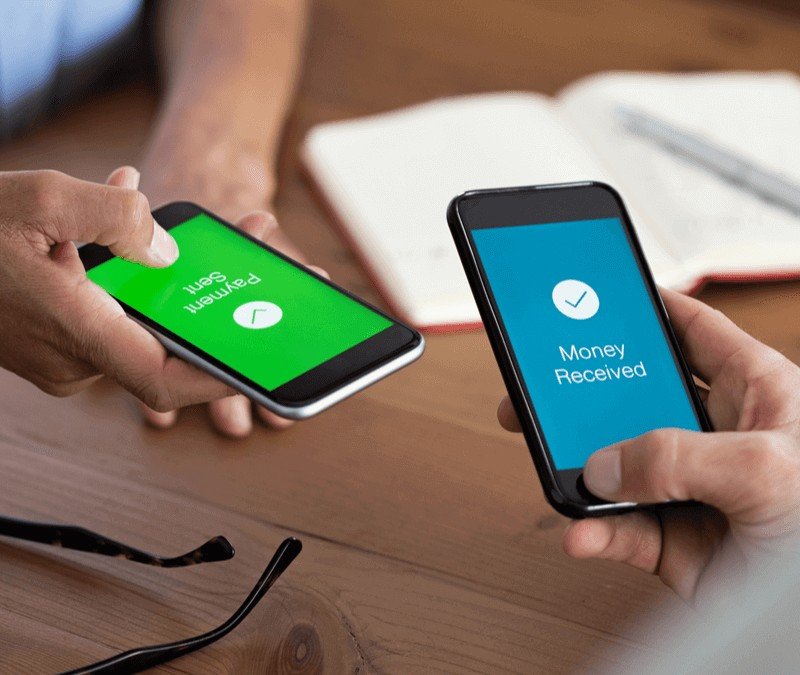
Only use these if your cards stop working. ATM ate your card? Credit cards blocked? Then find a legitimate exchange office as a last resort.
Research first. Check online reviews. Look up the company name. Avoid places with lots of complaints about hidden fees or bad rates.
Compare their rate to the real rate. Use the XE Currency app to check the official exchange rate. The exchange office should be within 3-5% of that rate.
City-by-City Scam Hotspots and Protection Tips
Some European cities are worse than others for currency scams. Here’s where American tourists lose the most money and how to protect yourself.
i. Prague, Czech Republic: Street Scam Central

Prague leads Europe in street currency scams. Currency exchange scams are one of the most common pitfalls for tourists in Prague. The city is crawling with fake money changers who target Americans specifically.
Someone approaches you near a real exchange office. They offer better rates with no commission. You hand over your dollars. They give you what looks like Czech crowns. But you just got worthless Belarusian rubles that look similar to tourists who don’t know the difference.
Exchange.cz gets good reviews from locals and tourists. They offer fair rates and no hidden fees. Look them up online before you go.
Never exchange money with anyone on the street. The Czech Republic uses crowns, not euros. Learn what real crowns look like before you arrive.
ii. Rome, Italy: Metro Station Shortchanging

Rome specializes in shortchanging tourists. For 10 minutes I observed a man in the Rome subway shortchanging half of the tourists who went through his turnstile. Half the victims caught him. The other half went home thinking Italy was expensive.
Metro stations, bus ticket booths, tourist attraction entrances. Anywhere you’re in a hurry and distracted. They count fast. They use similar-colored bills to confuse you. They hope you won’t recount the change before you walk away.
iii. Barcelona, Spain: DCC ATM Hell
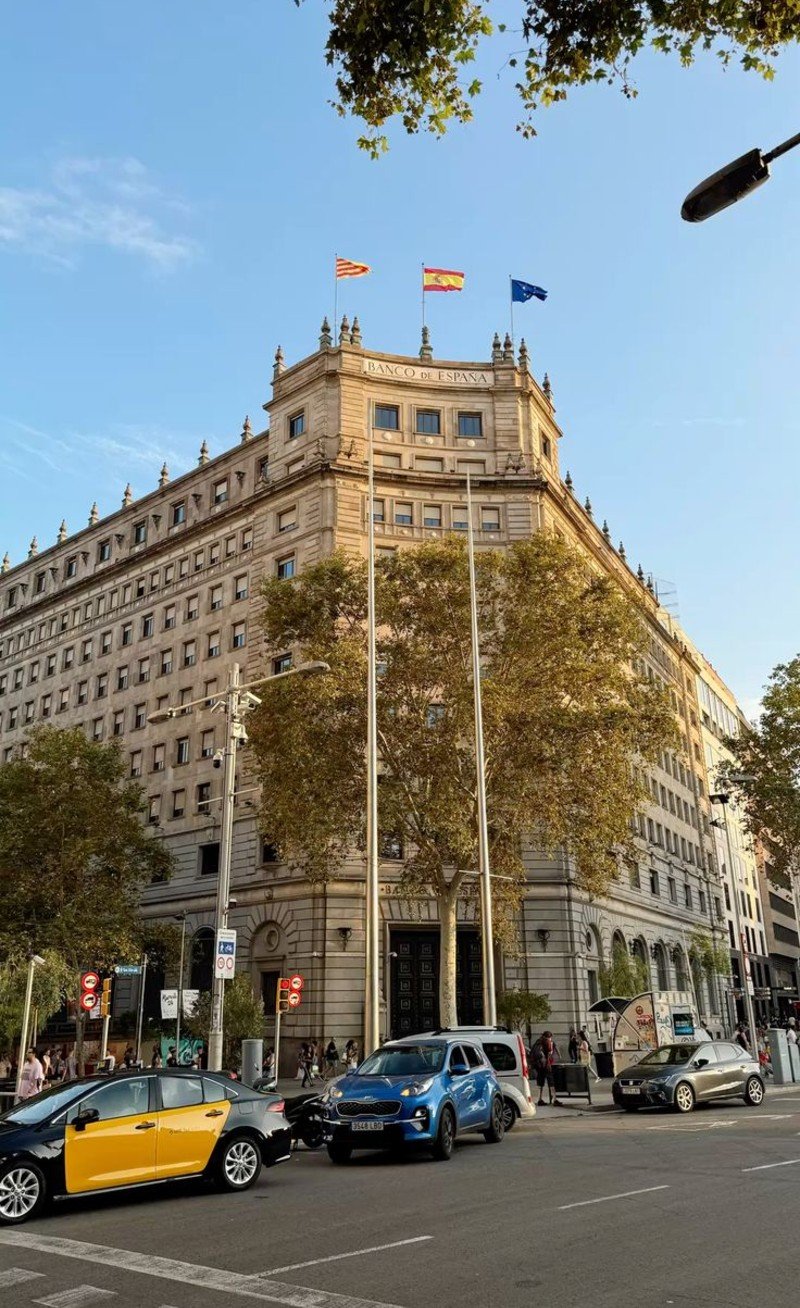
Barcelona has the worst concentration of tourist-targeting ATMs in Europe. The beach areas and La Rambla are packed with machines designed to overcharge Americans.
The Barcelona ATM trick: Machines near tourist attractions default to charging you in dollars instead of euros. Most tourists click “yes” without thinking. That decision costs 6% extra on every withdrawal.
Tourist district exchange offices: Shops along La Rambla advertise “no commission” but use exchange rates that are 15% worse than banks. You pay the fee anyway through the terrible rate.
iv. Paris, France: Money Changer Everywhere
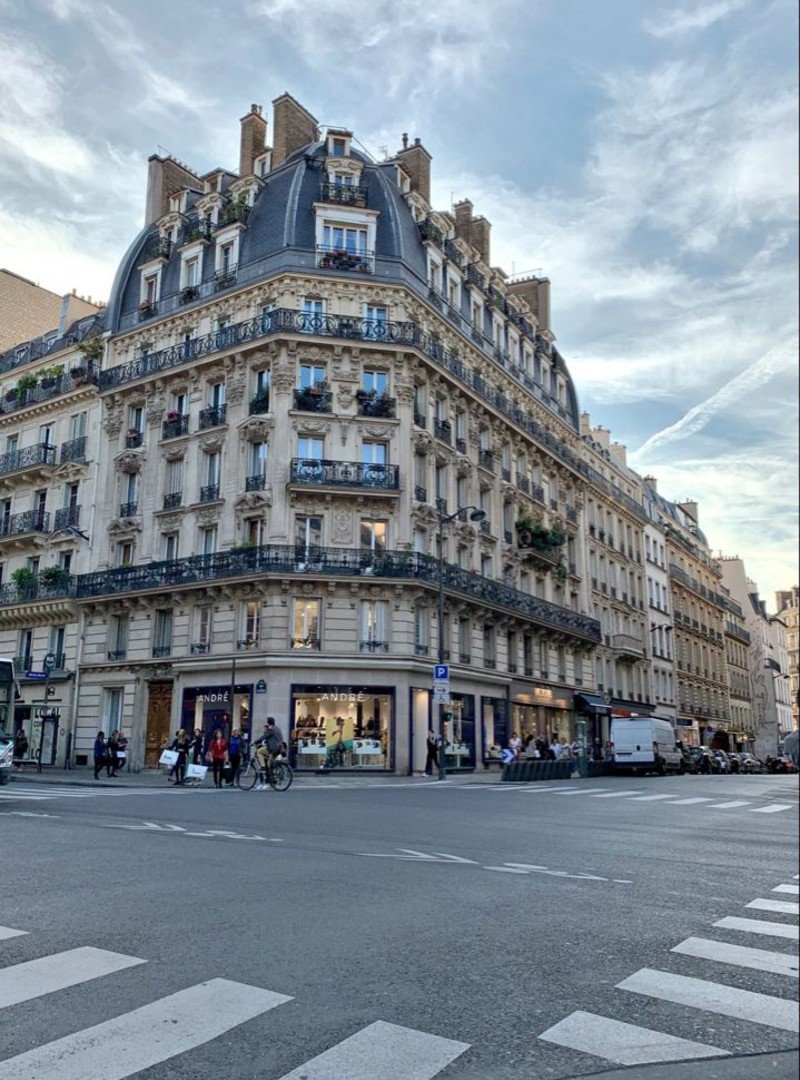
Paris has currency exchanges on every corner near tourist sites. In Paris, these money changers are everywhere and appear to compete with each other while their rates or fees make all of it a wash. They look like they’re competing, but they all offer equally bad deals.
Charles de Gaulle Airport warning: Airport currency exchanges in Paris charge some of the worst rates in Europe. You can lose 15-20% just walking off the plane.
Paris protection strategy: Use bank ATMs in residential areas away from tourist zones. The Marais district has several legitimate banks with fair ATM rates.
What to Do If You’ve Been Scammed
Got hit by a currency scam? Don’t panic. Here’s exactly what to do to limit the damage and possibly get your money back.
i. Do These 4 Things Right Now
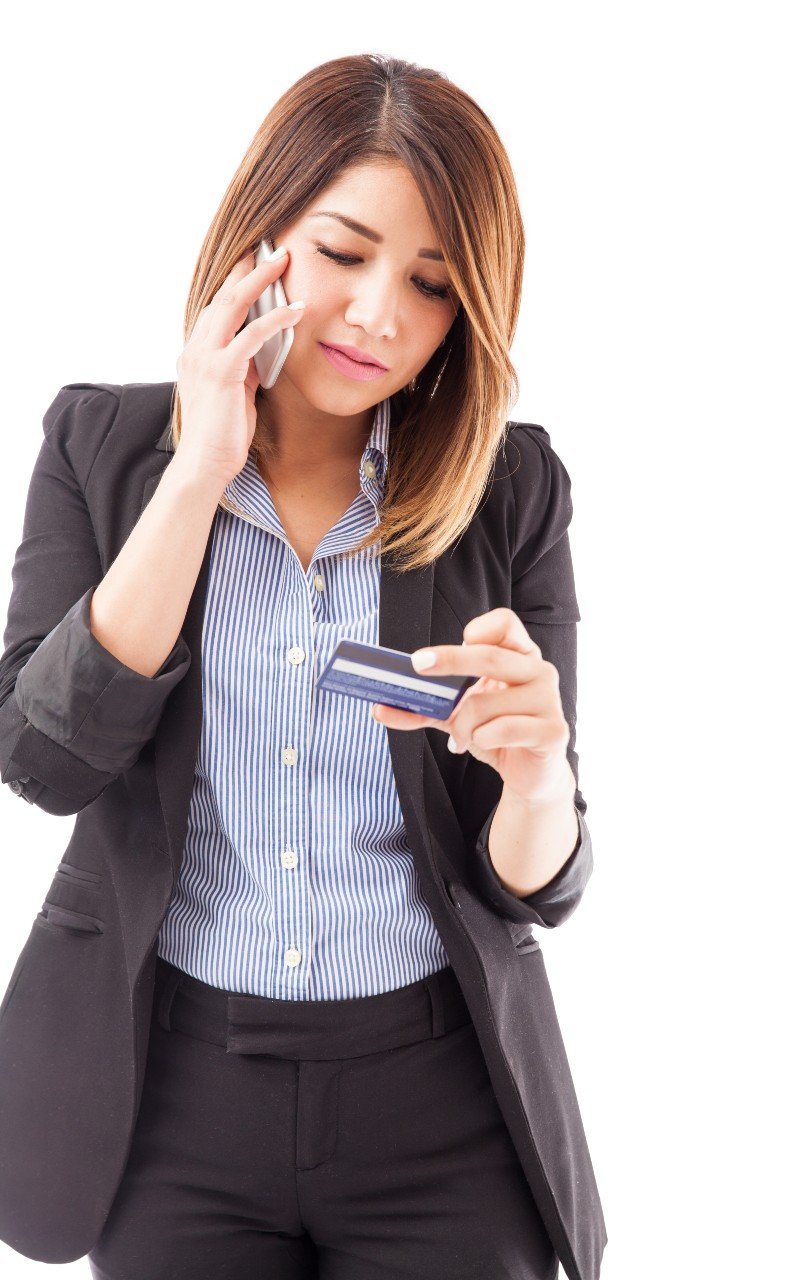
Call your bank or credit card company immediately. Don’t wait until you get home. Call the number on the back of your card. Report the fraudulent charges while you’re still in Europe. Time matters for disputes.
Report it to local police. Get a police report number. Most travel insurance companies require this for claims. The police might not catch the scammer, but you need that documentation.
Document everything. Take photos of receipts, the scam location, and any evidence. Write down exactly what happened while it’s fresh in your memory. Get contact info from any witnesses.
Contact the US Embassy or Consulate. They can’t get your money back, but they can help with emergency cash if you’re broke. They also track scam patterns to warn other Americans.
ii. Your Money Recovery Options
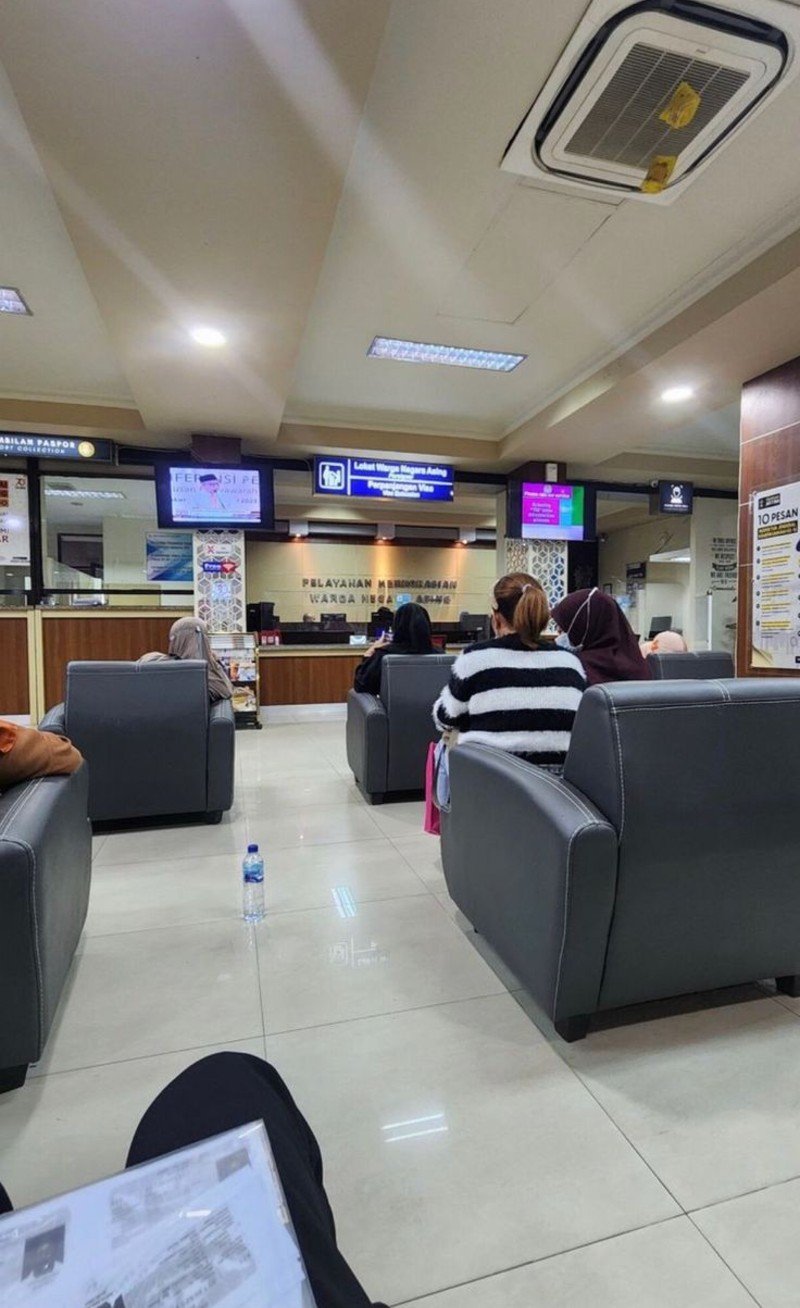
Credit card chargeback: This is your best shot at getting money back. Credit card companies have strong fraud protection. Call them within 60 days of your statement. Explain exactly what happened. Provide your police report number.
Travel insurance claims: Check your policy. Some cover theft and fraud. You’ll need that police report and all your documentation. Don’t expect much, but it’s worth trying.
Small claims court: For big losses ($1,000+), you might consider legal action when you get home. Consult a lawyer about whether it’s worth the cost and effort.
FAQs
How much money do American tourists actually lose to currency exchange scams in Europe?
The average American tourist loses between $200 and $1,000 per scam incident. On a typical $2,000 vacation budget, tourists can lose $120-$400 just from ATM and exchange scams. Some tourists get hit multiple times during one trip. The losses add up fast.
What’s the safest way to get euros in Europe without getting scammed?
Use local bank ATMs with “Bancomat” signs, not standalone “ATM” machines. Always choose to be charged in local currency (euros), never in dollars. Let your bank handle the currency conversion at the international rate.
How do I know if an ATM is trying to scam me?
Watch for these red flags: withdrawal minimums over $200 (locals get $8-20 minimums), yellow and blue Euronet branding, machines near tourist attractions instead of bank branches, and screens that default to charging you in dollars.
What should I do immediately if I think I’ve been scammed?
Call your bank or credit card company right away using the number on your card. Report the fraudulent charges while you’re still in Europe. Get a police report you’ll need this for insurance claims and credit card disputes. Take photos of receipts, the scam location, and any evidence.
